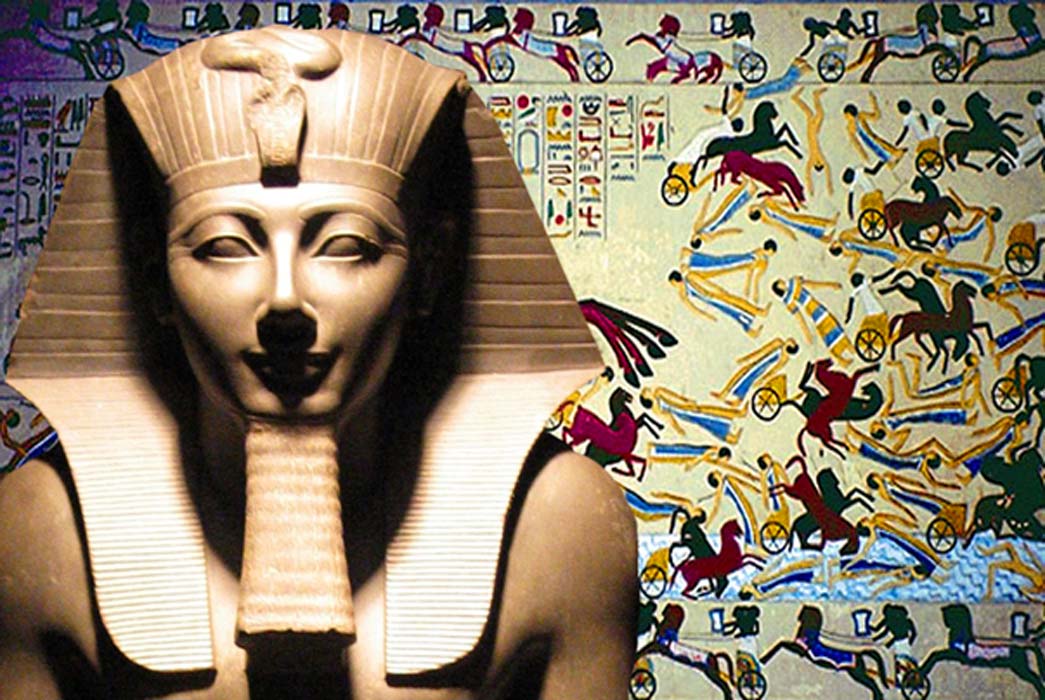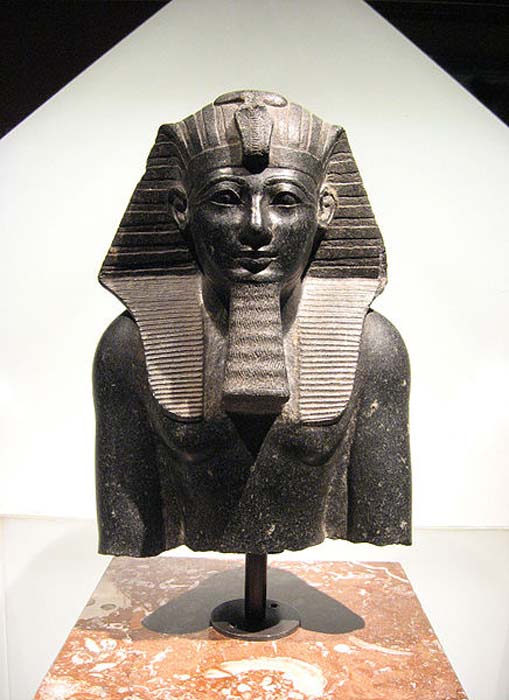
What Was in Store for the Citizens of the Besieged City? The Battle of Megiddo—Part II
Pharaoh Thutmose III pushed his 12,000-strong army towards the banks of the Orontes River. His scribe, Tjaneni, kept a daily journal in order to have the Pharaoh’s military exploits inscribed by his artisans on the walls of Amun-Re's temple at Karnak. The men lay siege to the coalition of Canaanites led by the King of Kadesh. What lay in store for the citizens of Megiddo?
Thutmose decided to take the direct route that the King of Kadesh would not expect—the main road. While Canaanite scouts waited to report back after seeing the Egyptian army, Thutmose knew that if he did not take these routes, the advisors of the King of Kadesh would think that he had gone on another road “because he is afraid of us?' So they will say.”
Upholding Oaths and Leading Men into Danger
Some of the Egyptian officials became concerned with this. The direct route to Megiddo was not the best plan of action and his officers and men grew so wary of the endeavor that Thutmose stated: "Your valiant lord will guide your steps on this road which becomes narrow." For his majesty had taken an oath, saying: "I shall not let my valiant army go before me from this place!" Afterwards, Thutmose, before his army, showed strength by leading the forces himself for every “man was informed of his order of march, horse following horse, with his majesty at the head of his army.”

Bust of Thutmosis III (Public Domain)
On day 19, the Egyptian army came out of the pass. Thutmose was still leading the way at the head of his army, which was “grouped in many battalions, without meeting a single enemy”. Their southern wing was at Taanach, and their northern wing on the north side of the Qlna valley. Then his majesty called to them: “--------- they are fallen! The wretched enemy ------ Amun--------. Give praise to him, extol the might of his majesty, for his strength is greater than -------.” There was much concern, and rightfully so, concerning the rear (since that is where much of the supplies are located) as it was slowly making its way forward with the army. After confirming that the rear was secured, the elite vanguard came into the Qina valley and stated: "Lo, his majesty has come out with his valiant troops and they fill the valley. May our valiant lord listen to us this time. May our lord watch for us the rearguard of his army with its people. When the rearguard has come out to us in the open, then we shall fight against those foreigners; then we shall not be concerned about the rearguard of our army!" Thutmose III halted in the open.
- More than Battles of Armageddon: The Forgotten Story of Megiddo, An Archaeological Paradise
- 3,400-Year-Old Underwater Temple from Era of Thutmosis III Discovered near Cairo
- The Man who Assyria Feared: Demon Gallu and King of the Universe
- What Went Wrong? The Real Story of the Battle of Thermopylae
Afterwards, the Pharaoh watched his troops march into camp until all had arrived. Thutmose and his forces sat south of Megiddo, on the shore of the Qina brook. After the camp had been prepared, Thutmose sent word out to his officers to inform the troops that they should prepare. “Make your weapons ready! For one will engage in combat with that wretched foe in the morning; for one ---------." He rested in the royal camp, giving provisions to the officers, rations to the attendants. He said to the watch of the army: "Steadfast, steadfast! Vigilant, vigilant!" Finally, one came to tell his majesty: "The region is safe, and so are the troops of the south and the north."
The Fierce Battle: ‘The fear of his majesty had entered their bodies’
On day 21, the Egyptians were celebrating by feasting during the new moon. However, the feasting would soon end as Thutmose appeared and gave instruction. “An order was given to the whole army to pass ---. His majesty set out on a chariot of fine gold, decked in his shining armor like strong-armed Horus, lord of action, like Mont of Thebes, his father Amun strengthening his arm.”
Thutmose had the southern wing of his forces at a hill south of the Qina brook, and the northern wing to the northwest of Megiddo, while Thutmose himself was in the center.




